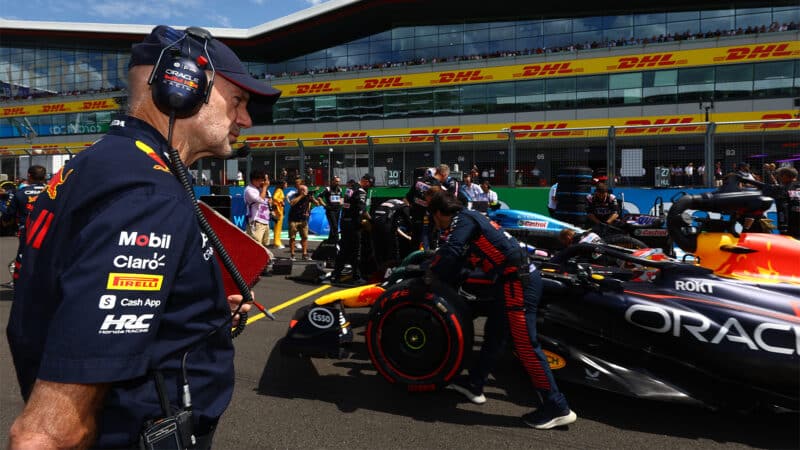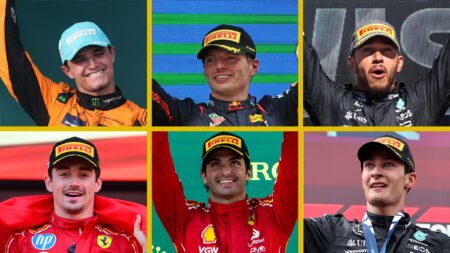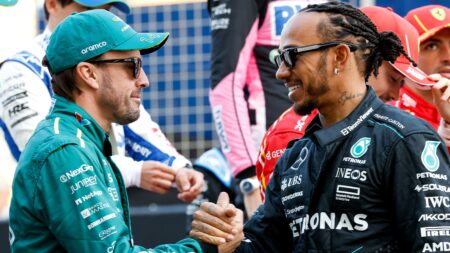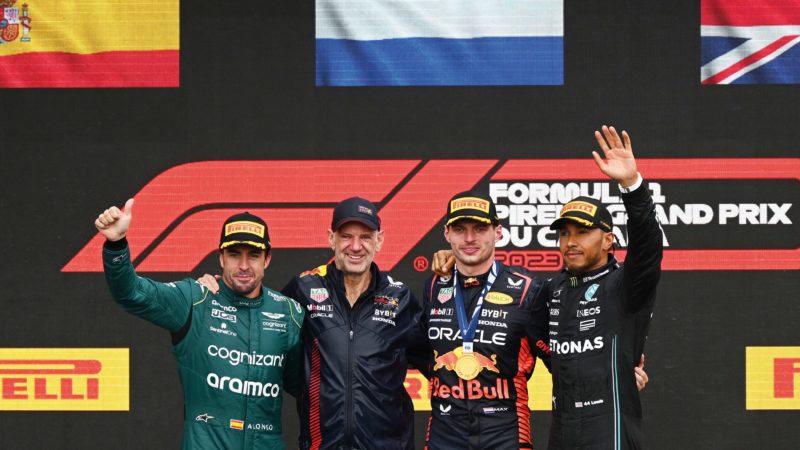Constantly picking the mind of the four-time world champion — as well as later climbing into the cockpit himself during classic racing events such as the Monaco Historique and the Goodwood Festival of Speed — is perhaps how Newey began to develop a “feel” of what a driver experiences inside the cockpit — information he then uses to alter his designs to make sure the car and its pilot piece together.
“Very often, different drivers will be more sensitive to different areas,” Newey has previously told RacingNews365.com. “For example, Sebastian Vettel and Max Verstappen have one thing in common, in that they are both very sensitive to the tyres. Other drivers, like Mark Webber for instance, were very sensitive to aerodynamic changes, and Max is as well.
“With the driveability of the engine, some drivers are more sensitive than others, so you get different bits of feedback from different drivers and then piece it all together. Theoretically, you could argue that with all the sensors on the car, and all the simulation tools we have to derive from the sensors, then we shouldn’t need the feedback of a human.
“But, the human feedback is vital as the human is the controller, the sensitivity and feeling and ability to express that is key. It is not a machine-driven vehicle.”
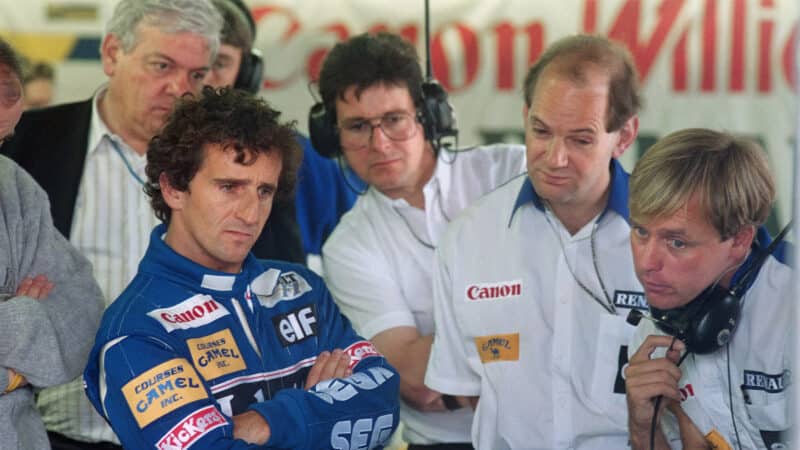
Newey (middle right) analyses qualifying data with Prost (close left) at Williams in 1993
Getty Images
This driver feedback-led system of design has arguably long been the basis behind Newey’s success, as almost every one of his title-winning drivers have given near-enough the same reply when asked about what makes the greatest F1 designer of all time so special.
After Prost and Williams claimed both world championships in 1993, the banning of active suspension, traction control and other driver aids for 1994 — devices that had been central to the team’s dominance in the years before — forced the team to slip drastically in the early stages of the season, with the newly signed Ayrton Senna failing to finish his first two races in the FW16 before suffering a fatal crash at Imola.
Yet, despite being partly blamed for the accident and facing criminal charges as a result, Newey found a way to overcome the odds and help Williams back to race-winning and constructors’ title success with Damon Hill at the helm. Once again, the key to this resurgence — as the Briton points out — was understanding how the entire package suited the driver.
“Adrian Newey is an extraordinary human being,” said Hill. “Ultimately, what makes him unique is his personal attention; he has a careful and profound vision of what it means to be a driver driving a car.
“People always say he is the wizard of aerodynamics, and indeed he is: but his great ability is to understand the whole package. He has expertise on the suspension, the engine and, above all, on the driver. He is good at assessing the whole and knows that only by considering everything can the best result be achieved.”
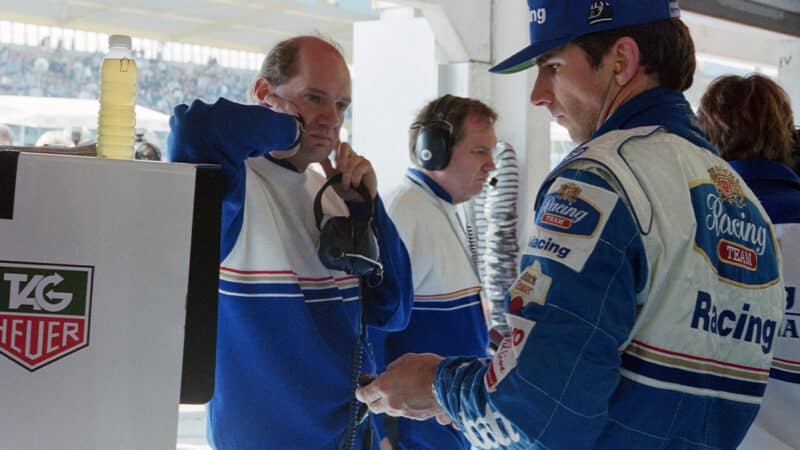
Newey and Hill at Williams in 1996
Eric Cabanis/AFP via Getty
Jacques Villeneuve, who claimed the drivers’ title for Williams in 1997, gave almost an identical rendition of his experience with Newey in his corner.
“He was amazing because I guess he can visualize the car, he can see it, he can see the airflow,” said the Canadian. “And he relates to it but he also relates to the driver. He knows it’s not a computer driving. He knows it’s not a robot. So even if on the data, the numbers say this is how quick it could be, maybe a driver cannot drive it. It doesn’t feel natural.
“He’s able to accept that and work around and work with a driver. And that’s why he’s made so many amazing cars. He is definitely the best out there, and he has always been able to reinvent himself.”
